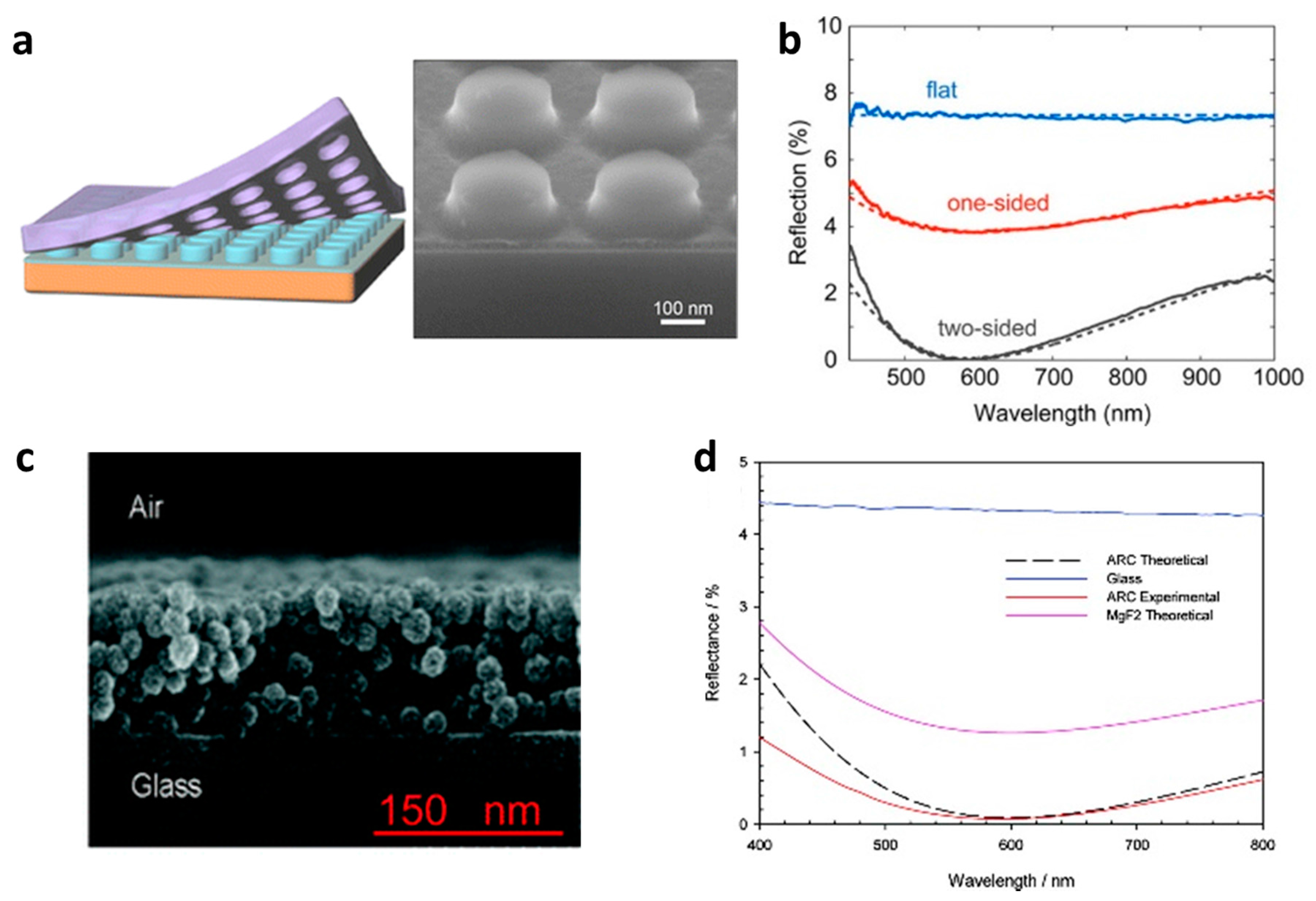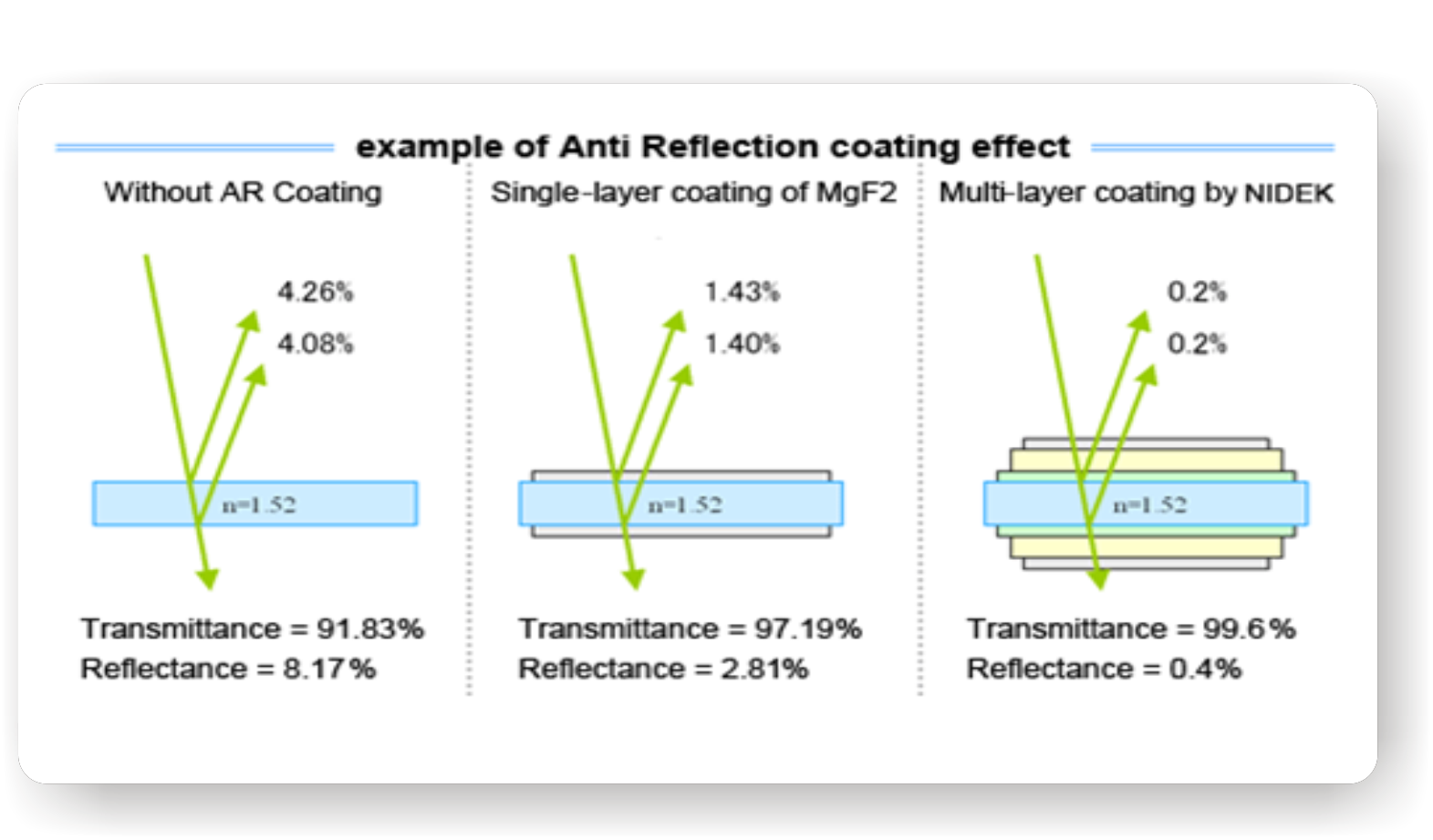
Source: MDPI
Understanding Anti-Reflection Coatings in Solar Cells
Double Layer Anti-Reflection Coating (DLARC)
A double layer anti-reflection coating (DLARC) is a method used to further reduce the reflectivity of surfaces, such as those in solar cells. Popular materials used in DLARCs include zinc sulfide (ZnS) with magnesium fluoride (MgF) or layers of silicon nitride with varying refractive indices. However, DLARCs can be costly for commercial solar cell applications.
Mathematics of Multiple Anti-Reflection Coatings
The equations for multiple anti-reflection coatings are more complex than those for single-layer coatings. Parameters such as refractive indices and thicknesses of the layers play a crucial role in determining the reflectivity of the surface. By manipulating these parameters, the overall reflectance of the surface can be minimized.
Calculation of Reflectivity
The reflectivity of a surface with multiple anti-reflection coatings can be calculated using a formula that takes into account the refractive indices and thicknesses of the layers. By optimizing these parameters, the reflectivity of the surface can be reduced to achieve high efficiency in solar cell applications.
Optimizing Anti-Reflection Coatings
Further reductions in reflectivity can be achieved by using stacks of coatings or by grading the refractive index of the layers. In the optical industry, stacks of over 10 layers are utilized to minimize reflection losses in various devices. However, the performance benefits of multiple layers are often limited, and integrating anti-reflection coatings with surface passivation layers remains a challenge.
Simulation Tools for Anti-Reflection Coatings
Tools like OPAL2 provide simulators for multilayer stacks, allowing researchers and engineers to optimize the design of anti-reflection coatings for specific applications. These tools use comprehensive mathematical models to predict the behavior of light interacting with multiple layers of coatings, enabling the development of high-performance optical surfaces.

Source: 立得光電
Feel free to comment your thoughts.
